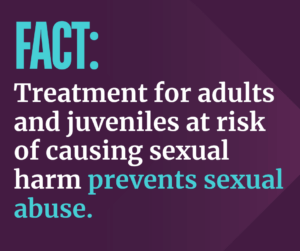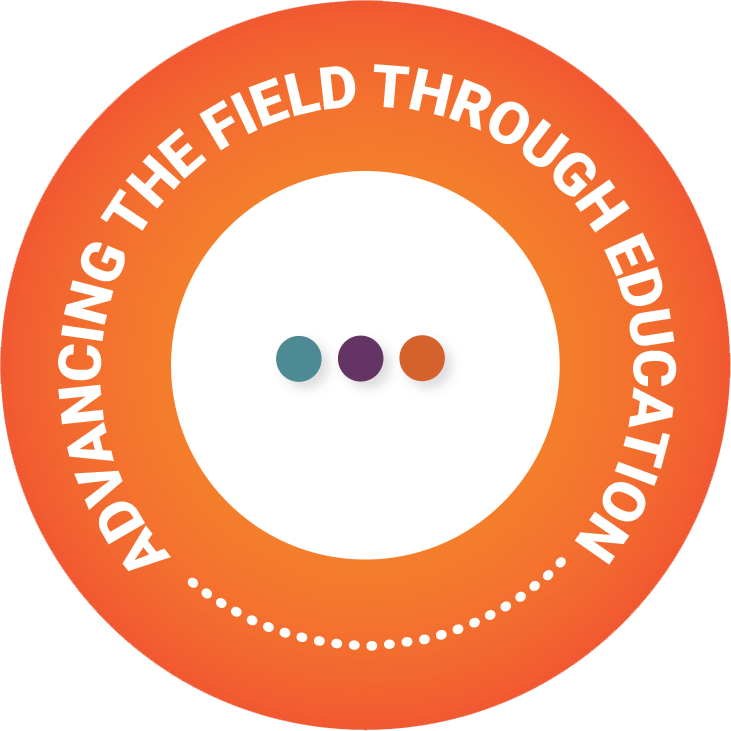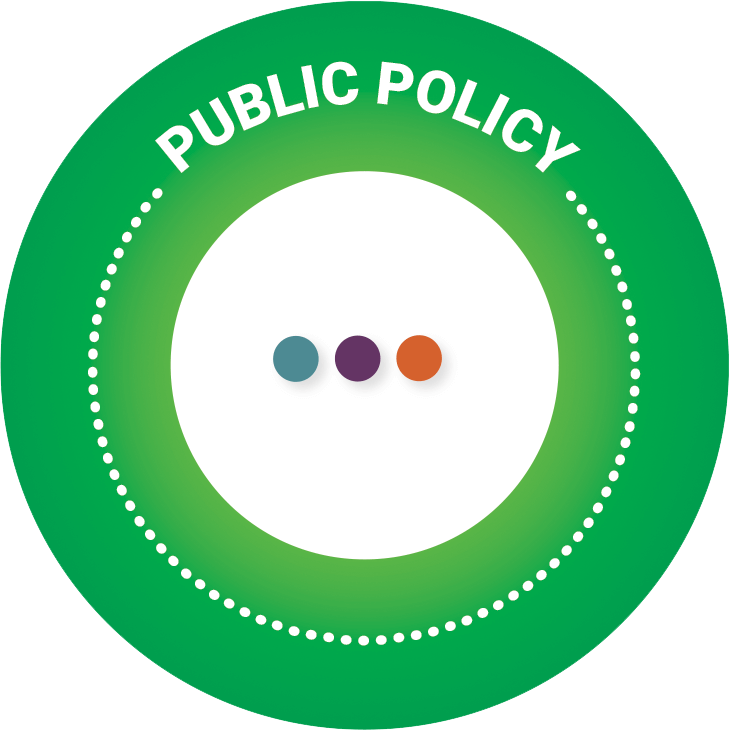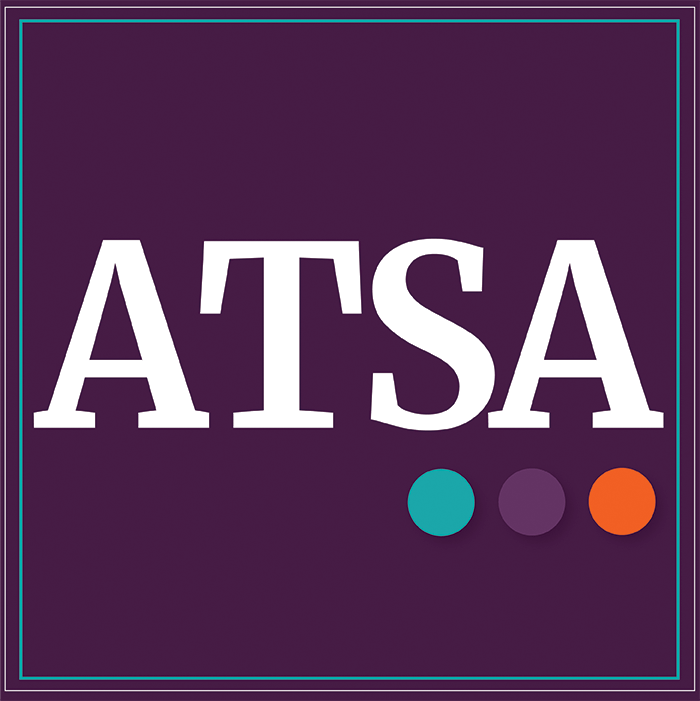
The revelation that speaking with a trained professional prevents future sexual harm can be liberating and frustrating all at once. One finds themself overwhelmed by the significant gap between best practices and current policies, asking:
Why is our message not being received?
Why does U.S. public policy not reflect established best practices?
Why is so little being done to prevent sexual abuse?
Why are treatment providers not recognized as experts in preventing further sexual harm?
The 2024-2027 Strategic Plan directs our organization to confront this challenge head-on. We aim not just to understand these questions but to begin to reshape the conversation and drive meaningful change.
The future of sexual abuse prevention is collaborative.
In order to ensure the most effective collaboration, ATSA will prioritize expanding collaboration beyond the organization while also fostering collaboration among our members. By expanding the range of professionals involved in sexual abuse prevention, we aim to establish a stronger foundation for our outreach efforts and foster meaningful connections internally and externally.


Education serves as the primary means of collaboration.
Education serves as the primary means of collaboration. ATSA is committed to the ongoing task of converting research findings into practical use. Since its establishment, ATSA has consistently prioritized its mission of developing comprehensive training for various professionals, setting a benchmark for future education. The effectiveness of prevention relies on a commitment to continuous education and the dissemination of best practices.
ATSA's policy agenda aims to shape U.S. policies that recognize and support the impact of our members' work.
By leveraging our extensive research and scientific understanding of individuals who cause sexual harm, we will influence policymakers to implement evidence-based policies. Our strategic plan envisions a society where cost-effective and evidence-based policies prevail, enhancing public safety and optimizing resource allocation.


